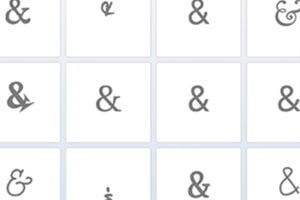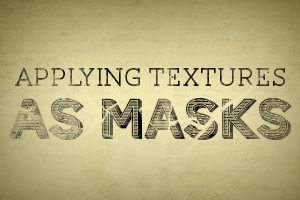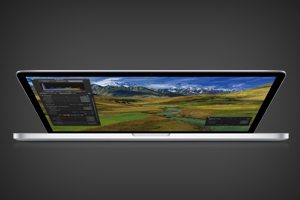
Graphics / 2 Aug 2012
Good Design Taste Test: Three Fast Casual Restaurant Websites Compared
Fast food restaurants are notoriously bad with web design, but the emerging market of “fast casual” eateries thus far is proving to be much better in this area.
Today we’re going to look around the web at the websites for some of the most popular fast casual restaurants to see who is doing the best work and what we can learn from them. Warning: this post will make you hungry!










